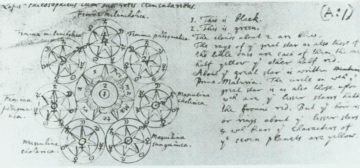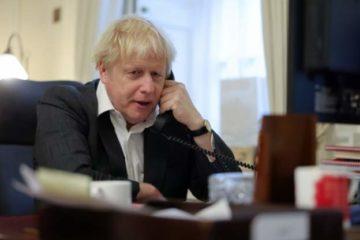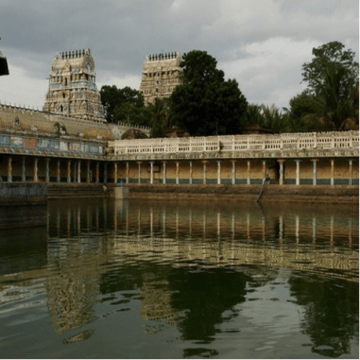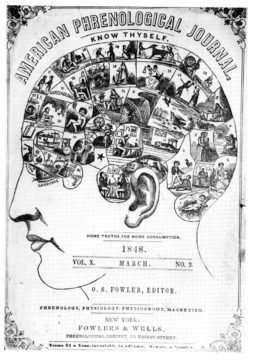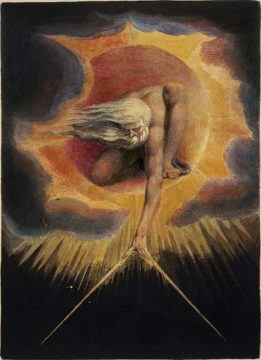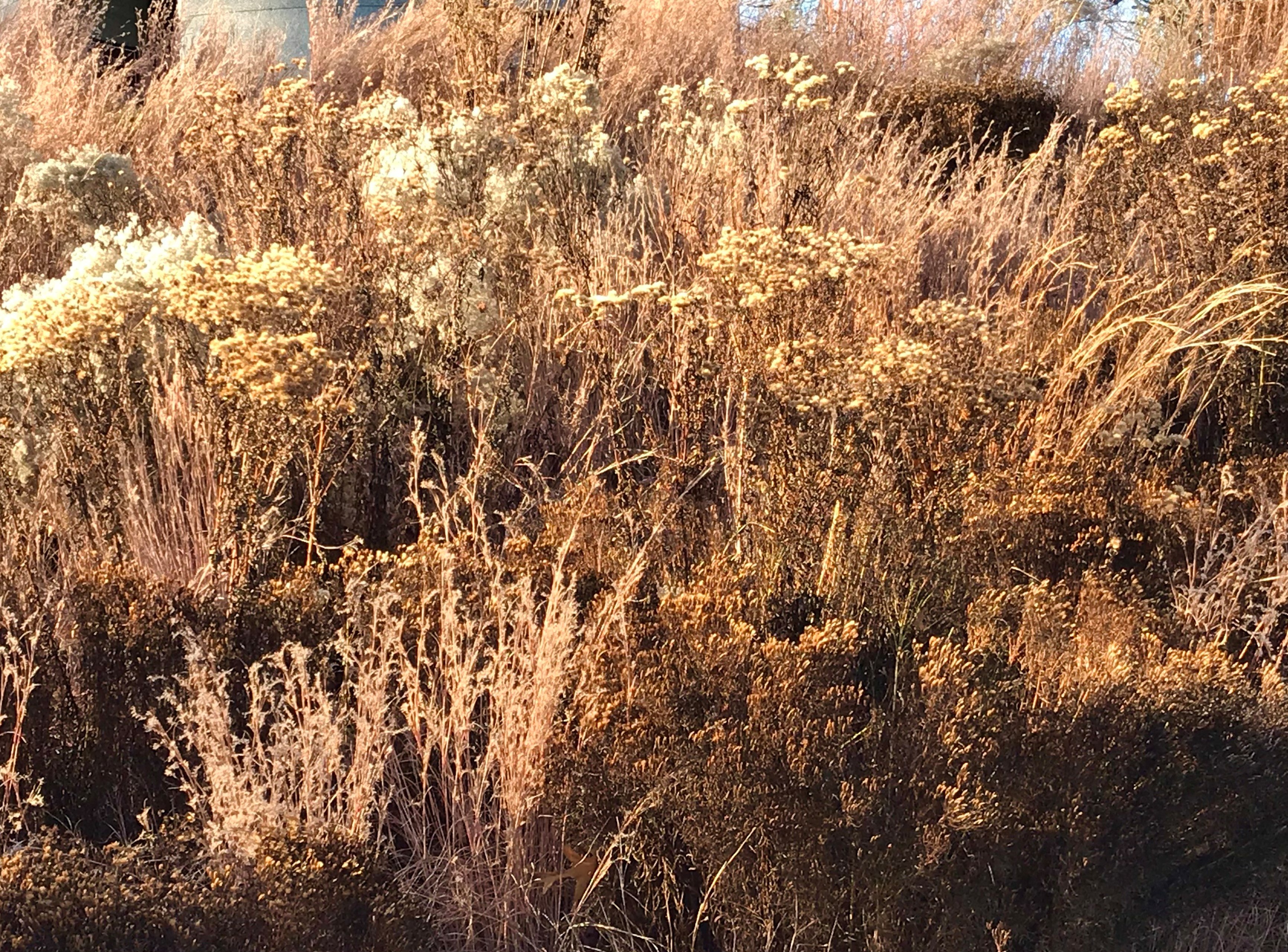by Joan Harvey
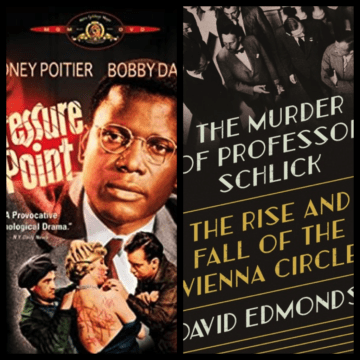
In my first column for 3 Quarks Daily I wrote that we are still fighting both the Civil War and WWII. As Henry Louis Gates Jr. puts it: “two hideous demons slumber under the floorboards of Western culture: anti-Semitism and anti-Black racism.” We have learned that any steps forward will be met with enormous resistance and backwards pressure. Gates quotes Ernst Cassirer: “every developmental step [of modern societies] can be reversed.” We saw this clearly post-Reconstruction, when everything possible was done to limit the lives of Black[i] people, and again following the two terms of the first Black president, when Americans chose an openly racist birther backed by the Ku Klux Klan and Neo-Nazis. A leap backwards was true as well for European Jews, who before the Second World War believed they had successfully assimilated into secular society.
Any reader of history cannot escape the echoes, back and forth, of racism, white nationalism, German and American ideas of purity. For example, jazz was reviled by the Nazis, and listening to it was a crime. Americans loved jazz, but as late as the 1950s Lena Horne couldn’t go into the dining room in the Sahara Hotel in Las Vegas. Black musicians had to reach and leave the stage through a separate enclosed corridor. Artie Shaw, who by all accounts was not at all racist and performed early on with Billie Holiday when most musical groups were segregated, at the same time hid the fact that he was Jewish. Ava Gardner reports that he sat silent at a table of bigwigs making antisemitic[ii] comments and even joined in rather than speak up and give himself away[iii].
Pressure Point, a film made in 1962 and directed by Hubert Cornfield, is a mostly unknown but quite brilliant dissection of both race and Nazism in America. Sidney Poitier portrays a psychiatrist who (in a flashback) has been given a job in 1942 in a federal penitentiary. He has purposely been assigned a patient who is openly a white supremacist, played vividly by Bobby Darin. (Neither character is named in the film so I will refer to the roles by the names of the actors.) Read more »

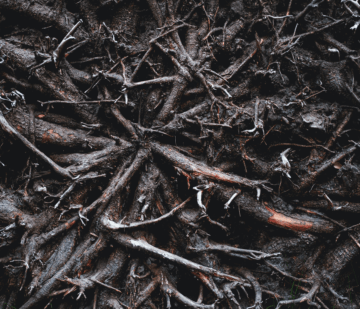
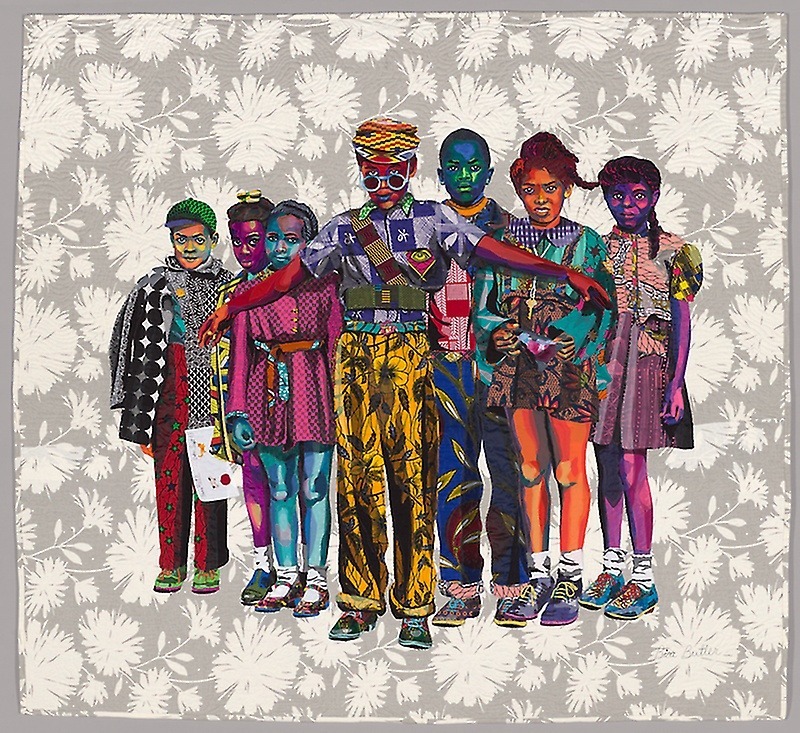 Bisa Butler. The Safety Patrol. 2018.
Bisa Butler. The Safety Patrol. 2018.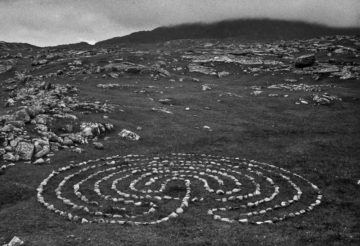
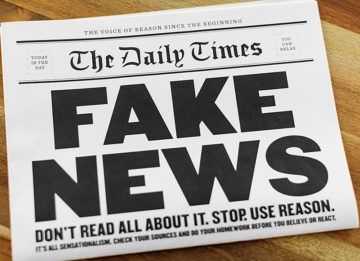 On 9 October 1990, President George H.W. Bush held a news conference about Iraqi-occupied Kuwait as the US was building an international coalition to liberate the emirate. He said: “I am very much concerned, not just about the physical dismantling but about some of the tales of brutality. It’s just unbelievable, some of the things. I mean, people on a dialysis machine cut off; babies heaved out of incubators and the incubators sent to Baghdad … It’s sickening.”
On 9 October 1990, President George H.W. Bush held a news conference about Iraqi-occupied Kuwait as the US was building an international coalition to liberate the emirate. He said: “I am very much concerned, not just about the physical dismantling but about some of the tales of brutality. It’s just unbelievable, some of the things. I mean, people on a dialysis machine cut off; babies heaved out of incubators and the incubators sent to Baghdad … It’s sickening.”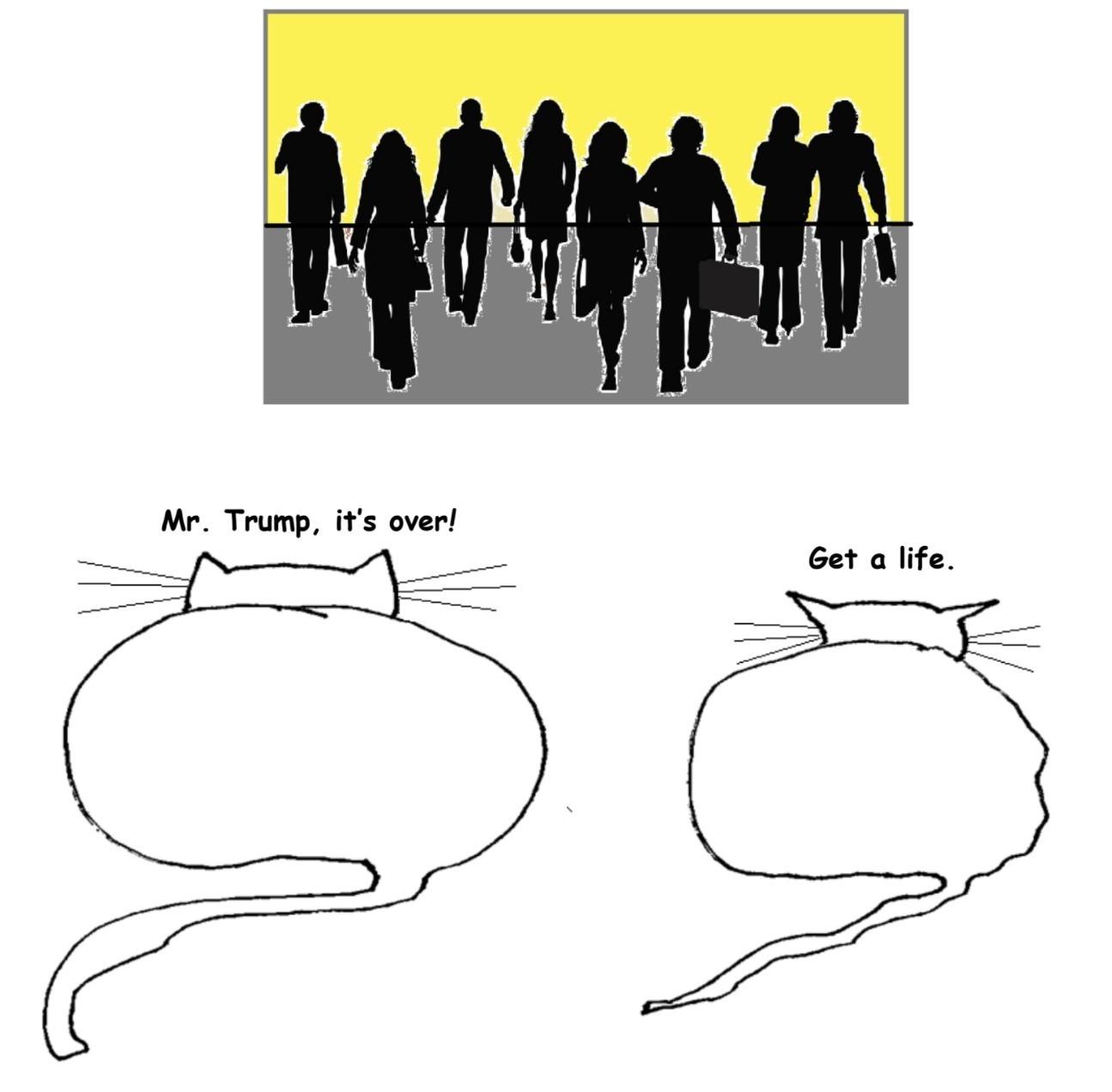

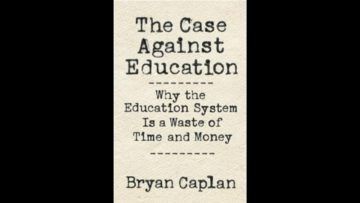
 Escape. When I was a child, I read at every opportunity. If I could, I’d read on the playground; at one point, I was allowed to spend recess in the library and read there. Overall, teachers seemed unenthusiastic about the idea of a kid reading during recess. My mother, a great reader herself, used to tell me that reading was a treat, to be saved for the end of the day when all the work was done. When I was reading, I wasn’t playing with the other kids or helping out with the housework, as I should have been. But I was one of those people described by Penelope Lively, people who are “built by books, for whom books are an essential foodstuff, who could starve without.”
Escape. When I was a child, I read at every opportunity. If I could, I’d read on the playground; at one point, I was allowed to spend recess in the library and read there. Overall, teachers seemed unenthusiastic about the idea of a kid reading during recess. My mother, a great reader herself, used to tell me that reading was a treat, to be saved for the end of the day when all the work was done. When I was reading, I wasn’t playing with the other kids or helping out with the housework, as I should have been. But I was one of those people described by Penelope Lively, people who are “built by books, for whom books are an essential foodstuff, who could starve without.”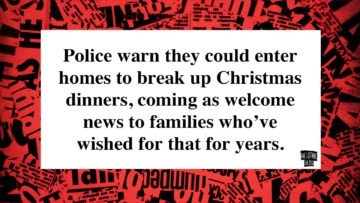 Christmas is traditionally a time for stories – happy ones, about peace, love and birth. In this essay I’m looking at three Christmas stories, exploring what they tell us about Christmas: the First World War Christmas Truce,
Christmas is traditionally a time for stories – happy ones, about peace, love and birth. In this essay I’m looking at three Christmas stories, exploring what they tell us about Christmas: the First World War Christmas Truce, 

